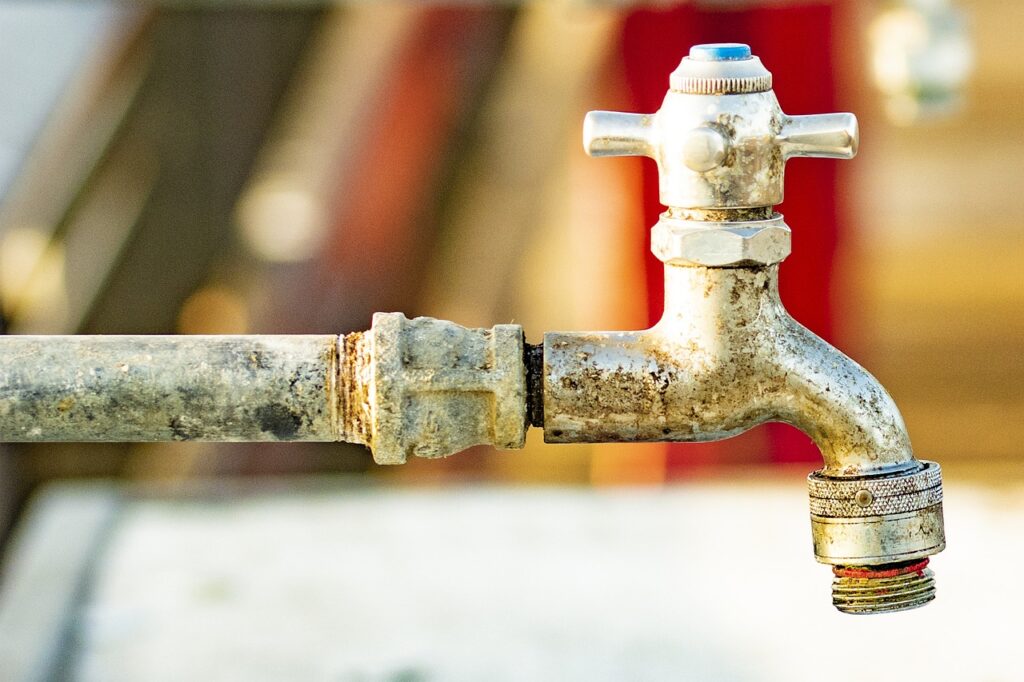Low water pressure can be a frustrating issue that affects everyday tasks such as showering, washing dishes, and watering the garden. Understanding the potential causes of low water pressure and how to troubleshoot and fix them can help restore optimal water flow in your home. This guide explores the common reasons behind low water pressure and provides practical solutions to address each issue effectively.
Contents
- 0.0.1 1. Issues with Individual Fixtures
- 0.0.2 2. Issues with Pipes and Plumbing System
- 0.0.3 3. Issues with Water Supply
- 0.0.4 4. Issues with Pressure Regulators
- 0.0.5 5. Environmental Factors
- 0.0.6 6. Internal Plumbing Leaks
- 0.0.7 7. Water Softener Issues
- 0.0.8 Steps to Troubleshoot and Fix Low Water Pressure
- 0.0.9 Conclusion
- 1 Author
1. Issues with Individual Fixtures
Cause: Clogged Aerators or Showerheads
- Symptoms: Low pressure from a specific faucet or showerhead.
- Solution:
- Clean or Replace Aerators: Aerators are screens located at the tip of faucets. Unscrew the aerator, clean it with vinegar to remove mineral deposits, and reinstall it.
- Clean Showerheads: Soak the showerhead in vinegar overnight to dissolve mineral buildup and debris. Use a toothbrush to scrub any remaining residue.
Cause: Faulty or Aging Fixtures
- Symptoms: Gradual decrease in water pressure over time.
- Solution: Replace old or malfunctioning fixtures with newer models designed to maintain consistent water pressure.
2. Issues with Pipes and Plumbing System
Cause: Corroded or Clogged Pipes
- Symptoms: Low water pressure throughout the entire house.
- Solution:
- Inspect Pipes: Check for visible signs of corrosion or rust on exposed pipes. Replace corroded sections to improve water flow.
- Flush Pipes: Turn off the main water supply, open all faucets to drain the system, and then turn the water back on to flush out debris.
Cause: Poor Pipe Layout or Sizing
- Symptoms: Inadequate water pressure due to improper pipe sizing or layout.
- Solution: Consult with a professional plumber to evaluate and possibly reconfigure your plumbing system for better water distribution.
3. Issues with Water Supply
Cause: Municipal Water Supply Issues
- Symptoms: Sudden or temporary drops in water pressure affecting multiple homes in the area.
- Solution: Contact your local water utility provider to inquire about any maintenance or repair work affecting the water supply.
Cause: Well Water System Problems
- Symptoms: Fluctuating water pressure in homes relying on private well water.
- Solution: Inspect the well pump, pressure tank, and filtration system. Adjust pressure settings or replace worn components as needed.
4. Issues with Pressure Regulators
Cause: Malfunctioning Pressure Regulator
- Symptoms: Fluctuating water pressure throughout the house.
- Solution: Locate the pressure regulator, typically near the main water shut-off valve. Adjust or replace the regulator to stabilize water pressure.
5. Environmental Factors
Cause: Seasonal Changes or Weather Conditions
- Symptoms: Lower water pressure during peak usage times or extreme weather conditions.
- Solution: Be mindful of water usage habits during peak times. Consider installing a larger capacity water storage tank or booster pump if necessary.
6. Internal Plumbing Leaks
Cause: Hidden Leaks in Plumbing System
- Symptoms: Sudden drops in water pressure without an obvious cause.
- Solution:
- Check for Leaks: Inspect visible pipes for signs of moisture or water stains.
- Professional Inspection: Engage a plumber to conduct a thorough inspection using leak detection tools to pinpoint hidden leaks.
7. Water Softener Issues
Cause: Malfunctioning Water Softener System
- Symptoms: Reduced water pressure after installing or using a water softener system.
- Solution: Service or recalibrate the water softener to ensure it is operating correctly and not restricting water flow.
Steps to Troubleshoot and Fix Low Water Pressure
Step 1: Check Individual Fixtures
- Inspect and clean aerators and showerheads regularly.
- Replace old or faulty fixtures to improve water flow.
Step 2: Evaluate Pipes and Plumbing
- Inspect pipes for corrosion, leaks, or blockages.
- Flush the plumbing system to remove debris and sediment.
Step 3: Monitor Water Supply
- Contact your water utility provider for information on any supply issues.
- Maintain private well water systems regularly.
Step 4: Adjust Pressure Regulator
- Locate and adjust or replace the pressure regulator if necessary.
Step 5: Consider Environmental Factors
- Adjust water usage habits during peak times.
- Install additional water storage or pressure-boosting equipment if needed.
Step 6: Detect and Repair Leaks
- Inspect for hidden leaks and repair promptly to restore water pressure.
Step 7: Maintain Water Softener Systems
- Service and adjust water softeners to ensure they do not restrict water flow.
Conclusion
By understanding the various causes of low water pressure and following the steps outlined in this guide, you can effectively diagnose and resolve water pressure issues in your home. Regular maintenance, timely repairs, and occasional upgrades to your plumbing system and fixtures will help ensure consistent water flow and improve the overall performance of your household plumbing. If you encounter persistent or complex water pressure problems, don’t hesitate to seek professional assistance from a licensed plumber to ensure your plumbing system operates efficiently and reliably for years to come.










